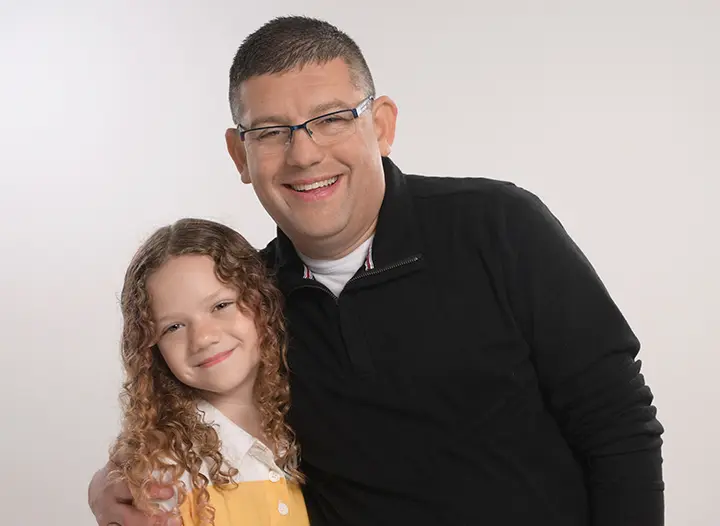Student Athletes and Sports Injuries – When an Ounce of Prevention is Worth a Pound of Cure
September 14, 2022

Student athletes know there is never a good time for an injury.
One ill-timed ankle or knee injury and an entire season can be lost.
Kartik Rai, DO, is a fellowship-trained Primary Care Sports Medicine physician with St. Luke’s University Health Network and is an expert in identifying the risk factors for potential injury, and intimately understands that an ounce of prevention is worth a pound of cure.
“I was very well versed in the world of sports medicine while I was growing up because I got injured a lot more than I wanted to,” said Dr. Rai, who played basketball and football while growing up in New Jersey.
“The joy of sports always resonated with me, and I wanted to understand the role of injury prevention and rehabilitation that medical professionals play in the lives of athletes.”
During his sports medicine fellowship, he helped provide coverage for professional hockey players as well as college and scholastic athletes.
He completed his primary care family medicine residency at Geisinger Wyoming Valley but knew that sports medicine was the path that ignited his passion.
“As an osteopathic physician, we are trained early on in medical school about the connections to the mind and body, and how one system always has a correlation to another,” he said. “As family medicine lends itself to illness prevention like for diabetes and heart disease, sports medicine lends itself to musculoskeletal issues.”
Dr. Rai said that injury prevention begins with the pre-season physicals of the student athletes. There, medical personnel have the students and their parents fill out a medical history questionnaire that helps determine which participants are recovering from an injury or at risk for an injury or predisposing medical condition.
”It’s about keeping these athletes safe while they are doing what they love to do,” Dr. Rai said.
He explained that certain injuries, like ankle sprains, often become recurrent injuries, so special diligence is required to train and prepare the athletes by utilizing functions like physical therapy and conditioning for proper ankle stabilization to reduce their risk for reinjury.
“With shoulders and wrists, it’s the same type of focus,” he said. “If there is a fracture, you have to allow ample time for it to heal before allowing participation in the sport again. If you go back too early, you always run the risk of further damage. And because the athlete isn’t able to fully protect themselves, they run the risk of injuring another body part.”
If a typical high school sports season lasts 10 weeks, then a sprain or a fracture, which can require several weeks for recovery, presents a serious negative impact on that athlete’s season.
“In terms of prevention, I always recommend athletes to cross-train in terms of sports activities,” Dr. Rai said. “A young baseball pitcher shouldn’t be pitching all year. It’s the same motion all the time, and sometimes that puts added stress on the same joint and muscles over and over again. You actually want to off-load the amount of stress you are putting on those areas by playing other sports that engage a different set of muscles and joints.”
Dr. Rai is a big believer in young athletes playing multiple sports, and always doing a proper warm-up before beginning any activity. Learning about how the body works and responds to physical activity is one step along the way to discovering that an ounce of prevention is worth a pound of cure.
Read More NewsLatest News

April 10, 2025
Bethlehem Woman Grateful for Expert Orthopedic Care

December 12, 2024
Pediatric Orthopedic Surgery to the Rescue

